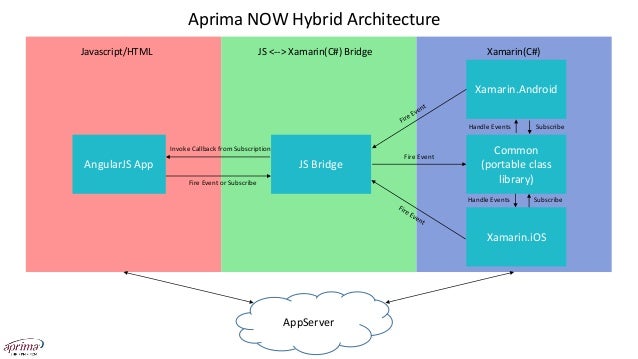Load External Js Webview Xamarin Forms

Xamarin.Forms WebView. 10 minutes to read. Contributors.In this articleis a view for displaying web and HTML content in your app. Unlike OpenUri, which takes the user to the web browser on the device, WebView displays the HTML content inside your app.ContentWebView supports the following types of content:. HTML & CSS websites – WebView has full support for websites written using HTML & CSS, including JavaScript support.
Documents – Because WebView is implemented using native components on each platform, WebView is capable of showing documents that are viewable on each platform. That means that PDF files work on iOS and Android. HTML strings – WebView can show HTML strings from memory. Local Files – WebView can present any of the content types above embedded in the app. NoteIf your application requires a connection to an insecure website, you should always enter the domain as an exception using NSExceptionDomains instead of turning ATS off completely using NSAllowsArbitraryLoads. NSAllowsArbitraryLoads should only be used in extreme emergency situations.The following demonstrates how to enable a specific domain (in this case xamarin.com) to bypass ATS requirements: NSAppTransportSecurityNSExceptionDomainsxamarin.comNSIncludesSubdomainsNSTemporaryExceptionAllowsInsecureHTTPLoadsNSTemporaryExceptionMinimumTLSVersionTLSv1.1.It is best practice to only enable some domains to bypass ATS, allowing you to use trusted sites while benefitting from the additional security on untrusted domains. The following demonstrates the less secure method of disabling ATS for the app: NSAppTransportSecurityNSAllowsArbitraryLoads.See for more information about this new feature in iOS 9.
Load External Js Webview Xamarin Forms 8
HTML StringsIf you want to present a string of HTML defined dynamically in code, you'll need to create an instance of: var browser = new WebView;var htmlSource = new HtmlWebViewSource;htmlSource.Html = @'Xamarin.FormsWelcome to WebView.' ;browser.Source = htmlSource;In the above code, @ is used to mark the HTML as a string literal, meaning all the usual escape characters are ignored.